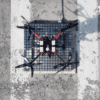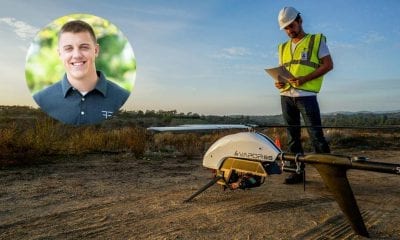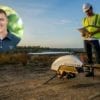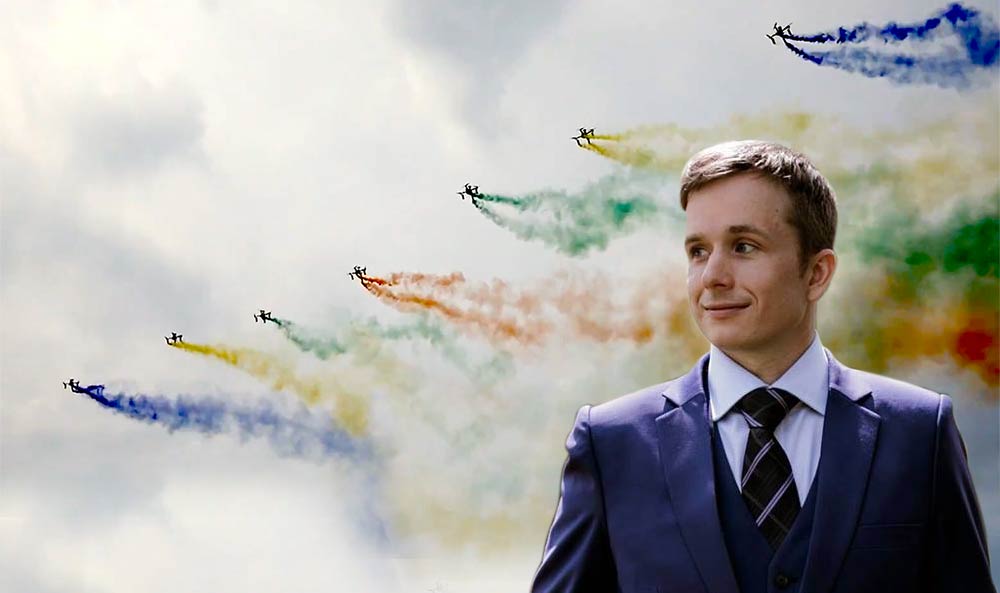
Back to Base (B2B)
AirMast, UgCS and Drone Dances – An Interview with Janis Kuze, SPH Engineering
AirMast, UgCS and Drone Dances – An Interview with Janis Kuze, SPH Engineering
SPH Engineering might not be a name that springs immediately to mind when you think about drones. DJI, Parrot and Microdrones are more familiar to the drone enthusiast’s ears. However, with their UgCS (Unmanned Ground Control Software), SPH Engineering software supports these drones along with many other big players in the industry, even Lockheed Martin. The system allows units to be utilised as tethered drones, and has been taken one step further, supplying the software ready to go as part of their AirMast system, currently built on the DJI S900. We spoke with Janis Kuze, SPH’s Director of Sales, to dive deeper into AirMast, UgCS and where the company sees the application of their sophisticated software expanding the potential of the drone industry.
Can you provide some background on the company SPH Engineering?
SPH Engineering celebrates its 5-year anniversary this January. The company has been established by drone enthusiasts, eager to develop a universal ground control software for drones – enthusiasts became professionals and the dream came true, along with other drone-related products and services.
Please tell us about the Air Mast system, hardware, software and operation?
AirMast system consists of two widely known parts: the DJI S900 frame and Elistair SAFE-T ground module with automatic winch, enriched with the specially developed AirMast autopilot to handle all features associated with a tethered drone: landing gear control, tethered specific feature support, battery and flight controller heating and of course gimbal and camera support etc.
What industries does the Air Mast system typically serve?
AirMast excels where constant surveillance is required and skilled operators are not available. One does not need to know how to fly a drone to operate AirMast. Our software takes care of that. Currently AirMast in commercial deployment is more popular as a radio repeater than a camera platform.
Currently the system makes use of the DJI S900, any plans to integrate with other hardware?
It is important to understand that AirMast is not a tethering system. It is “full stack” product which uses of the shelf commercial parts as system components to ensure budget friendly and readily available spares to replace parts which wear out or can be broken. Yes, we are planning to develop the AirMast autopilot to tether the DJI M200 frame as DJI phases out S900. System integrators can acquire AirMast electronics and software separately and integrate it in any product achieving ease of use and integration capabilities offered by UgCS SDK.
We can envisage many interesting uses for the Air Mast, shark spotting for one, any out of the ordinary uses you can tell us about?
Currently AirMast is used as quickly deployable radio repeater offering in almost instant 100m high antenna to provide communications in an area.
Please tell us about UgCS?
UgCS is the core of our company and our everyday life. It’s the product with which SPH Engineering started. UgCS was designed from the beginning with modular architecture to serve as a core for integration projects of different scale and diverse applicability. We offer UgCS SDK for system integrators to build their solutions around UgCS themselves thus they do not need to spend their resources on developing drone control, mission planning and integration capabilities from a scratch. Instead they can focus on specific task at their hands. In its current development state UgCS is the best solution on the market for survey mission planning, as many tools and features are integrated on demand of our customers. UgCS is a sophisticated platform based on which we develop solutions for diverse applications, e.g. for centralized drone management in command centres, for tethered drone and the drone dance controller – UgCS DDC.
How did UgCS DDC come about, was it something your customers were asking for?
UgCS supports multi drone mission planning, therefore UgCS DDC developed naturally out of the professional software for surveyors into a software for drone swarm management for primary but not limited to entertainment industry, with a little help of customer demands for such software. As well we ourselves noticed when the number of drones per operator goes above three or five units, different control interface and tools are needed.

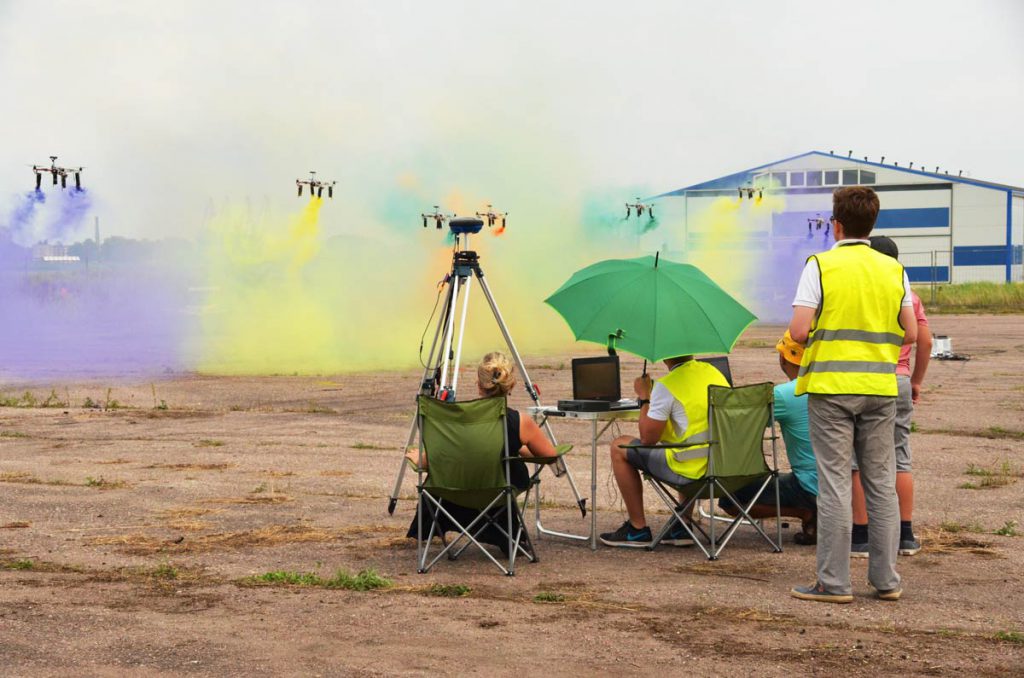
Any forthcoming additions to the 16 drones UgCS already supports?
UgCS DDC supports an unlimited number of drones, 16 drones are not the limit of the software. Currently we are working on some hardware development of the show drones, implementing some projects for customers with more than 100 drones and are planning to upgrade our own fleet to at least 100 drones in the nearest time to provide smaller shows as a service on short notice.
With the technology evolving so quickly is it a challenge keeping up with the hardware market?
We are happy to see the development bringing more professional products to the market, that gives not only new possibilities for drone service providers, but also tools for first responders to mitigate the risks of teams and save lives.
SPH Engineering’s software developers love the challenge to develop more tools and features needed for certain applications and implement support for more professional hardware. That means, that the whole team has to constantly evolve engaging in new industries, consulting with the end users – as we strive to develop a professional and sophisticated tool for the consumers! And – each development process includes test flights – and even after 5 years, each test flight is like a small celebration, especially for the UgCS DDC software – when the drone-swarm lights up the night sky!
Momentum is building with the Taxi Drone concept, do you see SPH Engineering as part of that space?
Some years ago, who would imagine Taxi Drone to be happening – marvellous! SPH Engineering has a strategy for the upcoming 3 years, but for now taxi drones are not in the pipeline. However we are open for collaboration, as we have very sophisticated drone ground control software that is already used by drone vendors. We are currently in negotiations with few potential customers and partners to adapt UgCS for their aerial taxi management systems. From our side we have everything in place to accommodate such projects. UgCS can work with very precise maps including 3D buildings on a map to ensure safe route planning. Question is when legislation will catch up to make such service reality.
Anything exciting in the pipeline for SPH Engineering?
In the end of 2017 we launched the UgCS for Command Centres solution – in short, the multimode installation of UgCS enables Command center operators to track on map real-time position of the drones used in-field and receive live video streams from the remote drone. Command center operators can mark points of interest on the shared map to indicate locations for field drone operators for detailed inspection or even can take manual control over the drone and its camera. This enables more precise situation assessment, decision making and effective management of first responder teams, providing more efficient resolution of disaster situation. It helps to elevate existing security surveillance systems by seamlessly integrating drones into existing CCTV infrastructure even without need of retraining of a staff. Next, we are going to develop implementation with diverse software used command centres and add diverse drone vendor support, according to customer requirements.
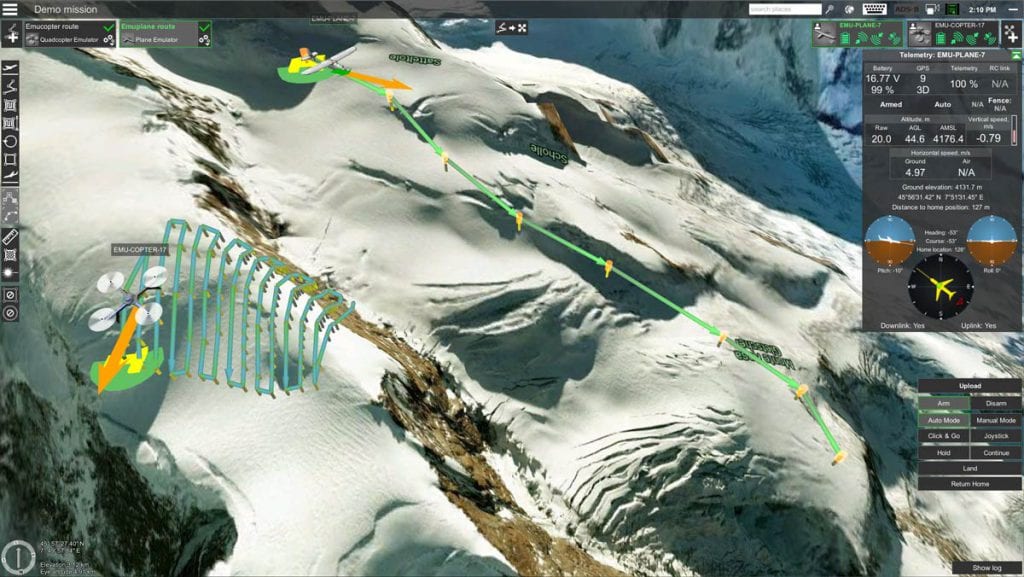
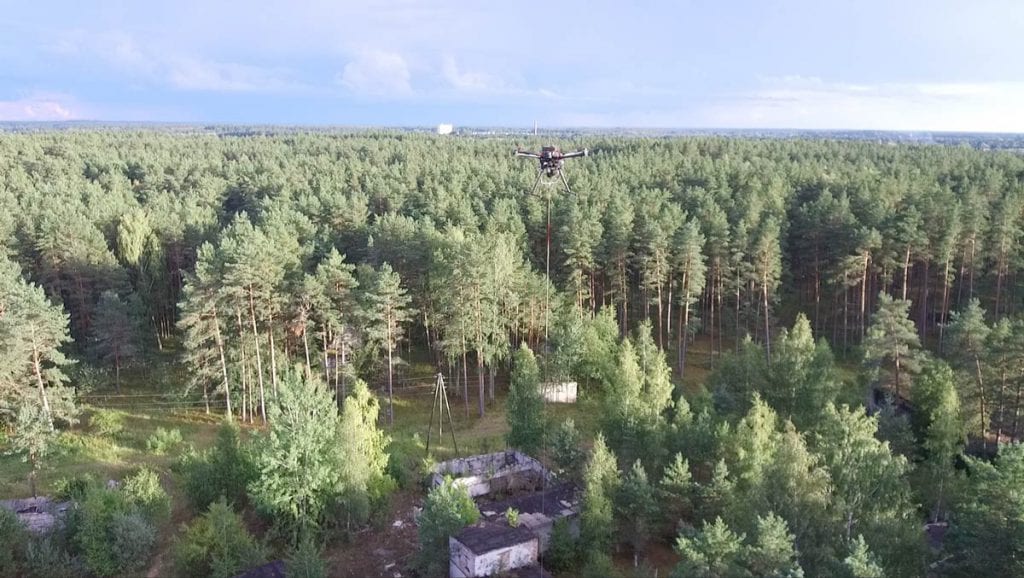
Overall how do you see the drone technology expanding or changing in the next 5 years?
I think the near future will bring more hardware development of the drones – making them more endurable, safer and prolonging the flight time. Automation will be big thing as in all industries. Drone pilots offering only drone flight services without specialisation will be replaced by easy to use systems which anybody will be able to operate with couple of button presses, including acquisition of flight permits. At same time we expect drone hype to be over and general public to move from movie inspired expectations closer to the earth.
The next 20 years?
The 20 years development will be more dictated by the industries where drones will be used – creating more customized UAVs for particular applications. Full automation and online sensor data analysis by AI will ensure drones will be integral part of infrastructure for different industries and no more surprising than automatic relay switching on lights automatically when sun sets.
There is lots of other interesting stuff happening in the drone/UAV market, what’s caught your attention?
In last couple of years UAV industry saw clear movement from general UAV industry to UAV as a tool in specialist industries. This tendency will continue and we will see products and solutions addressing even more specific tasks currently left undone or done via conventional methods.
Any collaborative projects you can talk about?
We have some pretty interesting projects planned for the nearest future, but it’s too soon to announce them – stay tuned! For tech R&D projects it is best to show off after they have gone live as due to complexity lot of things changes during the process or are put on halt till technology catches up with requirements.
About Janis Kuze – Sales Director at SPH Engineering
 Janis Kuze is a drone enthusiast who has taken his interest to a professional level, now in his 5th year with SPH Engineering. He also represents UAVs in Latvia as a board member of the Latvian Association of Remotely Piloted Aircraft Systems. Specialities include new product development in emerging industries, and unmanned systems integration.
Janis Kuze is a drone enthusiast who has taken his interest to a professional level, now in his 5th year with SPH Engineering. He also represents UAVs in Latvia as a board member of the Latvian Association of Remotely Piloted Aircraft Systems. Specialities include new product development in emerging industries, and unmanned systems integration.






